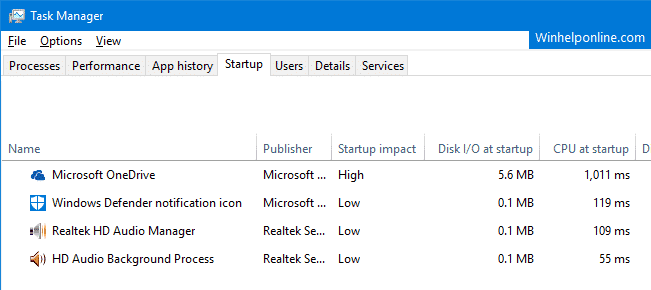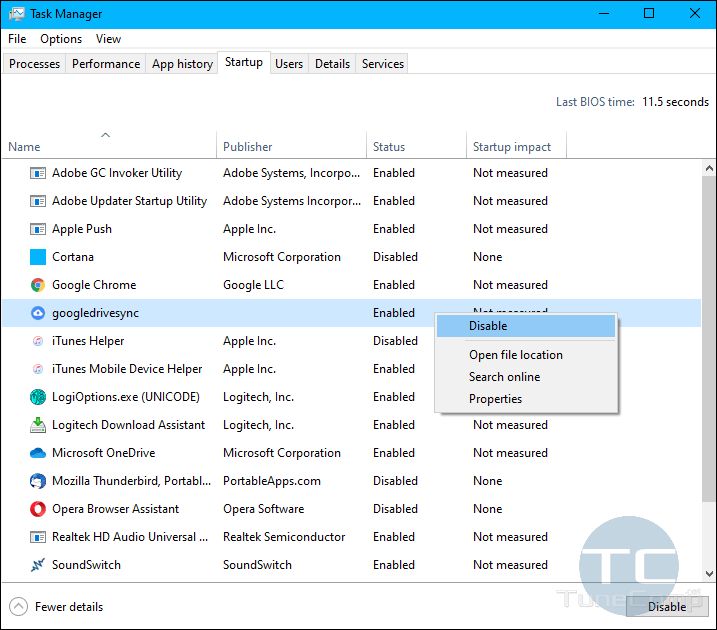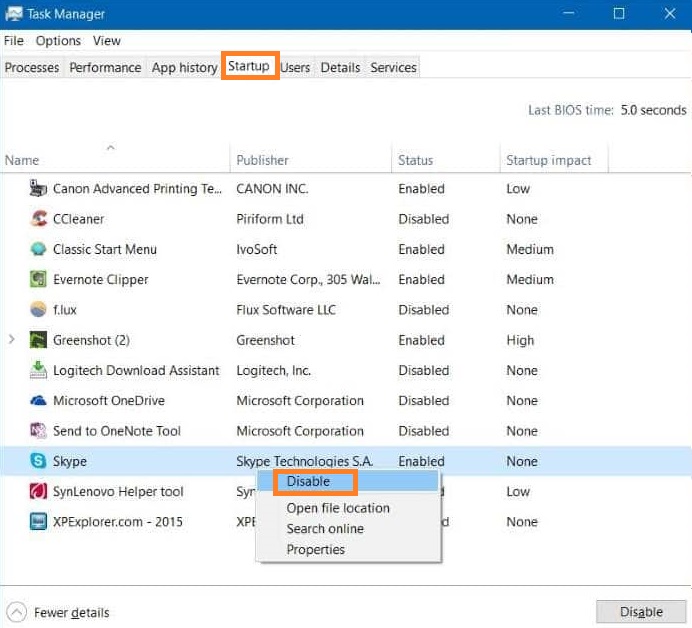

Microsoft makes available a great set of 70 utilities collectively known as System Sysinternals.

PC > Local Disk (C:) > Program Files (x86) > Teams Installerīy clcking on the information bar of File Manager, the real path to the file is shown: It was in This PC > Local Disk (C:) > Program Files (x86) > Teams Installer

Using the information from Task Manager I then found the correct location of Teams.exe. Compare it to the other entries, the quotes are around the entire string, apart from the switches at the end. The problem is with the quotes in the command. There is no way that "C:\Program" Files\Teams Installer\Teams.exe -checkinstall -source=PROPLUS can run. Task Manager with Startup Type and Command Line columns enabledįrom the above screen I know that Program is something to do with Microsoft Teams which comes with MS Office 365, that is run from the registry and I can also tell the command line that runs it is malformed. Command Line shows the command that was used to start the program. Startup Type shows whether the program was started from the registry or one of the startup directories. Task Manager Startup tab with the problem program highlightedĬlicking on the column headers sorts the table on that header but right clicking on any of them brings up a menu allowing you to open or close more headings.įrom the right click menu, I chose to show "Startup Type" and "Command Line.". To open that type task manager into the taskbar search box. Open "Software Environment" and them "Startup Programs." The entries in that looks normal but I'll investigate some of those entries at a later date to see what they are doing.Īnother way of viewing what programs start on Windows startup is to use Task Manager. As far as I know no program simply runs as "Program." Finding the Startup ProgramsĪnother method to view at least some of what is starting is to go to the taskbar search box and type system information.

This is not everything that starts when Windows 10 starts, but it is a good place to start. It should suggest "Startup Apps" which shows the above page. To get to this screen, type startup in the taskbar search box. A couple of days later I was checking the programs that started when Windows 10 starts and found an odd entry in the startup programs. Keeping these to a minimum will keep your computer running as well as it can.Īt the end of December 2019 I reinstalled Windows and MS Office. Some of these start when Windows starts and run run various processes that use system resources like the CPU and memory. What usually happens is that users add programs and utilities. There's nothing wrong with the hardware, that should still run as well as it ever did.


 0 kommentar(er)
0 kommentar(er)
